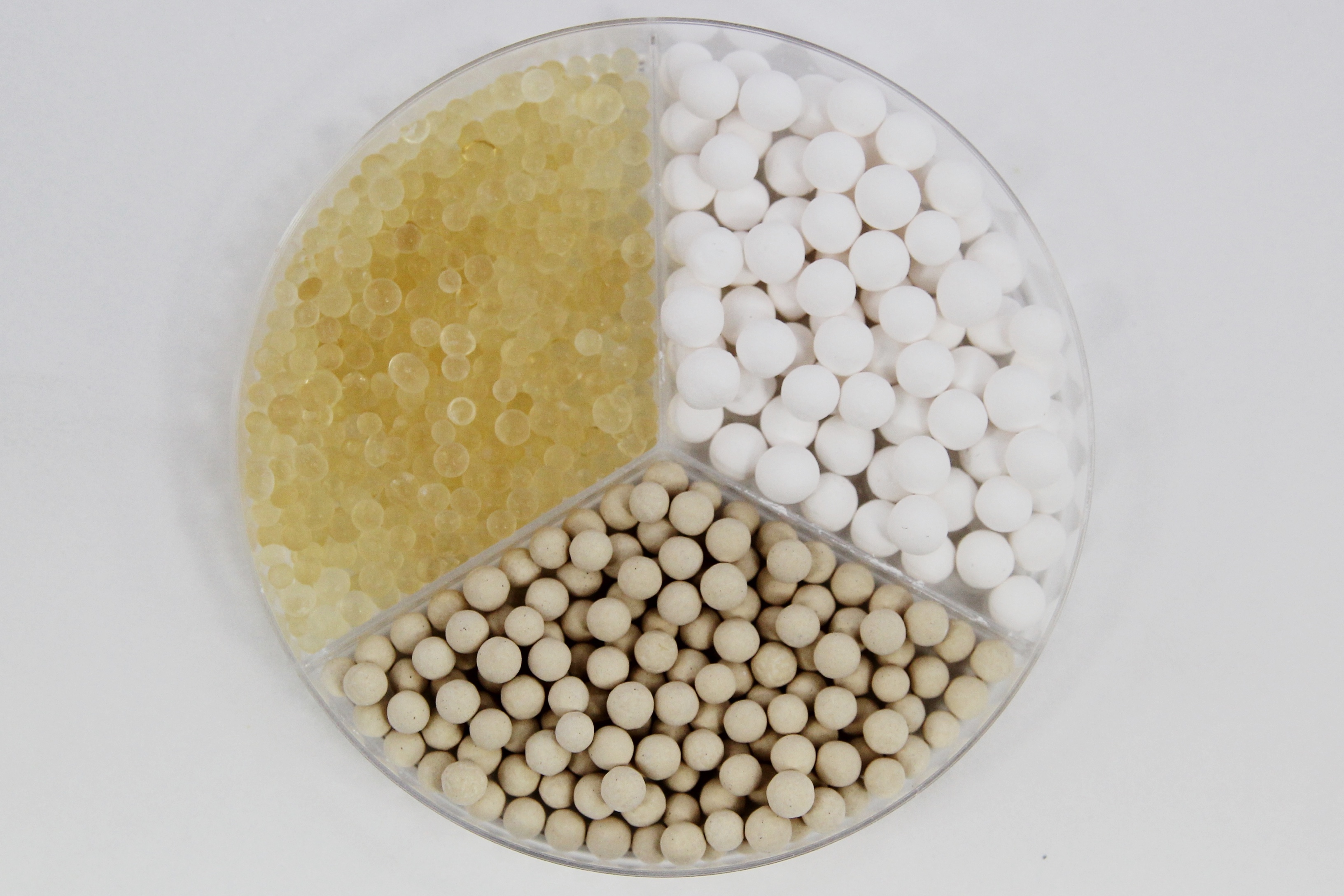During the operation of dryers (such as compressed air adsorption dryers), adsorbents (e.g., activated alumina, molecular sieves, silica gel) may experience powdering, which can severely impact the quality of the finished gas. The main causes include:
1.Design Flaws in Equipment:
An unreasonable height-to-diameter ratio of the adsorption tower or uneven airflow distribution (e.g., excessive local velocity); or poorly designed distributors causing high-velocity air to directly impact part of the adsorbent.
2.Mechanical Wear of the Adsorbent:
Caused by excessively high compressed air velocity (beyond design limits), or rapid pressure fluctuations during adsorption/regeneration switching, resulting in particle collisions or friction against the vessel wall due to airflow impact.
3.Improper Operating Conditions:
Unstable system pressure, or inappropriate pressure and regeneration temperature settings.
4.Moisture or Oil Contamination:
Presence of oil or liquid water in the compressed air leads to agglomeration and subsequent fragmentation of the adsorbent.
5.Insufficient Adsorbent Strength:
The selected adsorbent does not meet the equipment’s strength requirements, or the adsorbent itself has inadequate crush strength, poor particle uniformity, or structural degradation due to aging over time.
If powdering persists, it is recommended to consult the equipment manufacturer or a professional service provider for a systematic diagnosis.
JOOZEO has been specializing in the R&D and production of adsorbents for over 30 years and can provide high-quality products and integrated solutions. Inquiries are welcome.
Post time: Jun-03-2025


